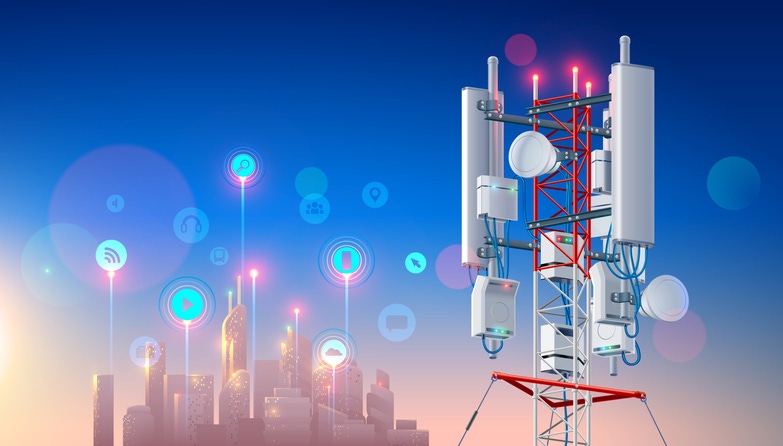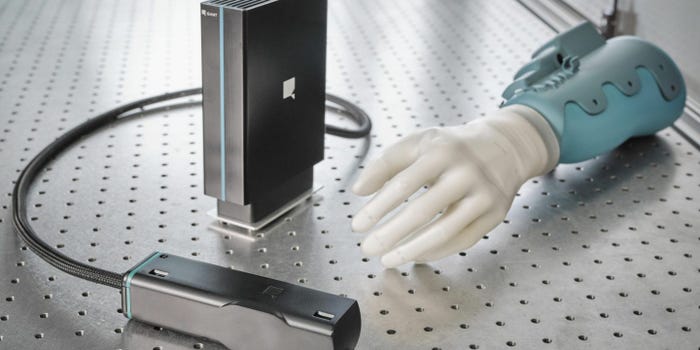Hype around NB-IoT and its cousin LTE-M certainly persists, but the sunsetting of 2G and 3G highlights their benefits.
December 6, 2019

Narrowband-IoT is coming. That prediction is certainly not new. After all, the NB-IoT specification dates back to 2016.
But adoption of NB-IoT has been spotty, although it has taken off in China, thanks to state support. China’s “the only place where NB-IoT has really been happening,” surmised Alicia Asín, chief executive officer of Libelium. In China, NB-IoT has established itself as the most popular cellular IoT network option. The telco China Telecom operates the largest NB-IoT network and has 310,000 base stations supporting the specification.
There are several reasons for NB-IoT’s slow start elsewhere. Hardware costs were initially high. In Europe, 2G continues to exist, which distracts from NB-IoT’s selling point for low-bandwidth applications.
Ericsson, for one, projects significant growth for the standard and its sister low-power wide-area cellular technology LTE-M (an abbreviation for LTE Cat M1) next year and beyond. The Swedish company projects that NB-IoT and LTE-M will constitute more than half of all cellular IoT connections by 2025.
Raj Kanaya, managing director, automotive at Aeris, said he’s noticing more customer interest in NB-IoT and LTE-M than high-bandwidth 5G applications. “In the U.S., the 2G network is going away. The 3G network is quickly going away,” Kanaya said. Aeris customers still using those older protocols are interested in migrating to LTE-M and NB-IoT. “That’s where we see a lot of activity because a lot of IoT deployments just don’t don’t consume a lot of data,” Kanaya said. “What they need is very low hardware costs and low data usage costs as well. And that’s where the new low power WAN technologies like NB-IoT and LTE-M really shine.”
[IoT World is North America’s largest IoT event where strategists, technologists and implementers connect, putting IoT, AI, 5G and Edge into action across industry verticals. Book your ticket now.]
The first years following the debut of NB-IoT and LTE-M were challenging. “Everybody raced and tried to get the technology out,” said Harald Remmert, director of engineering at Digi. But obscuring matters was competition between the cellular-based standards and non-cellular LPWAN technologies.
Scott Raynovich, founder and chief analyst, Futuriom.com, is also upbeat about the potential for LTE-M and narrowband IoT for industrial IoT applications. Now that those specifications are part of the larger 5G standards, LTE-M, NB-IoT and fixed broadband will help support the needs of various industrial use cases, Raynovich said in a July interview.
In 2019, NB-IoT and LTE-M “really matured from a technology perspective,” Remmert said. “The carriers have their act together. The chipset manufacturers came out with smaller, lower-cost chipsets that consume less power. We’re also seeing customers implementing these technologies now.” For instance, Digi has a scooter customer who is using cellular modems to track its vehicles.
To project the prospects of NB-IoT and NB-IoT in 2020, it is helpful to assess the current state of cellular IoT adoption, which range from an estimated 500 to 800 million cellular IoT units globally, or higher, depending on the analyst. “Most of these are not LTE today – the numbers include 2G GPRS, 3G HSPA, and 2G CDMA units,” said Syed Zaeem Hosain, the chief technology officer or Aeris. “Unit growth in U.S. markets will be LTE, LTE-M, and NB-IoT – with the last two replacing GPRS and CDMA deployments that have already ceased.” Hosain projects the transition from GPRS and HSPA to be relatively slow because GPRS will exist until the middle of the next decade. “And, LTE-M and NB-IoT modules are typically small units (generally not plugin boards), requiring significant design/manufacturing for IoT deployments at high volume,” he added.
And just this week, Gutermann AG, a Swiss maker of an acoustic water leak detection system, debuted what it hailed a first-of-its-kind cellular device for water utilities known as the Zonescan NB-IoT. The company has launched pilots for the device in Europe and Australia.
On a related note, the LoRa Alliance reported in June that its non-cellular standard was also gaining traction for an array of water utility applications. Since then, it announced similar results for smart city applications, including streetlight monitoring.
Until recently, however, it seemed that the gaining traction of non-cellular standards such as LoRa was driving little more than marketing when it came to NB-IoT and LTE-M.
The situation is beginning to change considerably, according to Remmert. “There’s hype, but I think there’s also a really good momentum that we see at the moment.”
About the Author(s)
You May Also Like


.png?width=700&auto=webp&quality=80&disable=upscale)
.png?width=300&auto=webp&quality=80&disable=upscale)


.png?width=300&auto=webp&quality=80&disable=upscale)